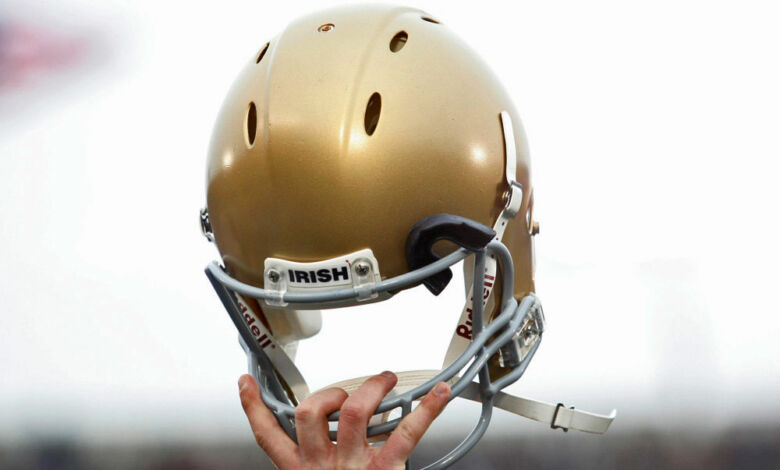
In college football history, a matchup between the top two ranked teams usually brings with it plenty of hyperbole about the significance of the game. In many cases, the hype can reach Game of the Century status. When the top-ranked Notre Dame Fighting Irish and the second-ranked Michigan State Spartans met on November 19, 1966, the contest became an instant classic, in part because of the controversy that marked the conclusion of the game.
The two schools had met in 16 of the last 18 years but none of those previous matchups had the national championship hanging in the balance. The Irish were four-point favorites for this game but this clash of titans would be played at Spartan Stadium in East Lansing. The game itself would hold enough drama that one fan suffered a fatal heart attack during the game.
The Coaches
Ara Parseghian was coming toward the end of his third season and had been the architect of Notre Dame’s revival after a bumpy eight-year stretch from 1956 to 1963, Entering this contest, he had compiled a mark of 24-3-1 with the Irish and was seeking his first national championship.
Duffy Daugherty was getting close to the end of his 13th season as head coach of the Spartans. Previously, he had served as the school’s line coach for seven seasons. In 1965, his team captured a portion of the national championship, winning the coaches’ UPI balloting, while Alabama captured the AP vote. The 1965 and 1966 seasons marked the only time that his Spartan squads were able to win the Big Ten title.
Key Players
Notre Dame had sophomore Terry Hanratty as their starting quarterback, while at running back, the Irish were missing the injured Nick Eddy. That absence resulted in junior Rocky Bleier leading the Irish in rushing that day with 53 yards on 13 carries. Hanratty’s main target was sophomore Jim Seymour, who ended up having no catches on the afternoon.
The Irish defense was dominant, allowing just 28 points in their first eight games that year. This unit was led by a strong defensive line that included Alan Page, Kevin Hardy and Pete Duranko, as well as All-American linebacker Jim Lynch.
Michigan State had a potent group of athletes that included African-American quarterback Jimmy Raye, a rarity for that era. Running back Clinton Jones and wide receiver Gene Washington were also key facets of the Spartans’ offense. Meanwhile, towering Bubba Smith on the defensive line and linebacker George Webster were cornerstones of the team’s defense. Webster’s versatility allowed him to play different positions during a contest.
The Game
Even before the game started, both teams had issues to handle, with Eddy’s already-injured shoulder aggravated after slipping on ice getting off the train in East Lansing. For Michigan State, there was the prospect of Smith sitting in jail until he was bailed out after having been picked up for unpaid parking tickets.
In addition to Eddy’s absence, the Irish then found themselves having to use Hanratty’s backup, Coley O’Brien. That came about during the Irish’s third drive when a combined tackle from Smith and Charles Thornhill separated Hanratty’s shoulder. In that same opening quarter, Notre Dame also lost starting center George Goeddeke to an ankle injury.
The combination of two strong defenses and the aforementioned injuries resulted in no scoring taking place during the first 15 minutes of action. Michigan State got the first break with under seven minutes left in the opening period. A bad snap forced Irish punter Kevin Hardy to offer an awkward pass attempt that fell incomplete, but the Spartans only gained 14 yards and were forced to punt.
Michigan State ended up delivering the first blow after starting a drive with three minutes left in the first quarter. The key play was a 42-yard throw to Washington, which was followed early in the following period by fullback Regis Cavender bulling his way into the end zone to give State a 7-0 advantage.
The Spartans boosted the lead to 10-0 on their next drive which appeared to have been stopped by a Lynch interception. Instead, a Jones hit of Lynch on his return caused a fumble that was recovered by Michigan State. The Spartans subsequently kicked a 47-yard field goal to boost their lead to 10-0.
The Irish finally broke through with under five minutes left before halftime when O’Brien found Gladieux near the goal line and completed a 34-yard scoring toss. Neither team would score before the half ended with Notre Dame trailing by three points.
Turnovers on both sides, followed by punts from each team marked play after the break. With 3:23 left in the third, the Irish began a drive that spanned 70 yards and ended at the start of the final period on Joe Azzaro’s game-tying 28-yard field goal.
Irish defensive back Tom Schoen then picked off a pair of Raye’s fourth-quarter pass attempts, running the second one to the Spartan 18. That led to a 41-yard field goal attempt by Azzaro that was wide right with 4:38 left to play.
On the ensuing drive, Michigan State had a fourth-and-inches situation at their own 29, which was converted on a Raye sneak with three minutes left. Notre Dame soon forced a punt and took over at their own 30 with 1:15 remaining, leading to one of college football’s most lingering controversies.
The Irish managed to pick up a first down but was showing no sense of urgency, leading to a torrent of boos from the partisan crowd. The game ended in a 10-10 tie, with Parseghian saying after the game that he didn’t want to potentially ruin the effort made by his injury-plagued squad.
The Aftermath
Notre Dame ended up being voted national champions, with Michigan State right behind them. Ironically, neither team competed in a bowl game that year, with the Irish’s self-imposed ban still in effect. In the Spartans’ case, they fell victim to the Big Ten’s archaic rule of having no conference team play in the Rose Bowl in consecutive seasons. Those schools were also banned from participating in other bowls.
It would be another seven years before the Irish won another national championship, the second and final one under Parseghian. The super-charged atmosphere between Notre Dame and Michigan State would soon fade, with the Irish winning 23 of the 26 games played from 1969 to 1994. The two schools haven’t faced off since 2017, with the next matchup tentatively set for 2026.
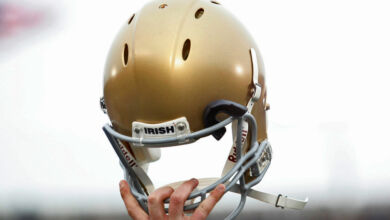
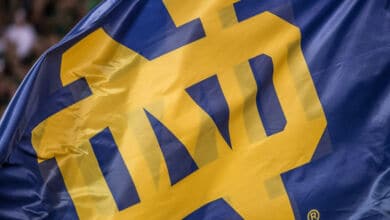
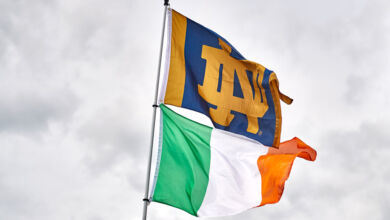
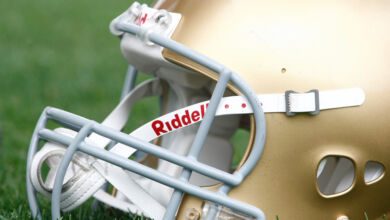
I was in the Navy when this game was played, stationed in Turkey. That weekend I was visiting a friend in Ankara, and didn’t know about the result until the day after – I remember stopping someone I knew in Yalova and asking who won and I was told – “it was a tie.”
The next weekend I had the midwatch (10:30 p.m.-6:30 am) on Saturday night and I managed to listen to some of the USC game via short-wave. With minutes to go until the end of the 1st half it was 17-0 and memories of 1964 came back, but they quickly scored again. After the 51-0 final score legend has it that the USC coach swore “I’ll never lose to that Armenian b…..d again”, meaning of course Ara Parseghian. I was in the stands when the Trojans showed up in 1967 with O.J. Simpson.